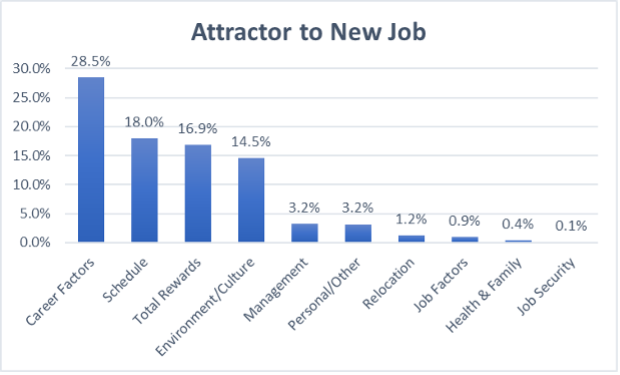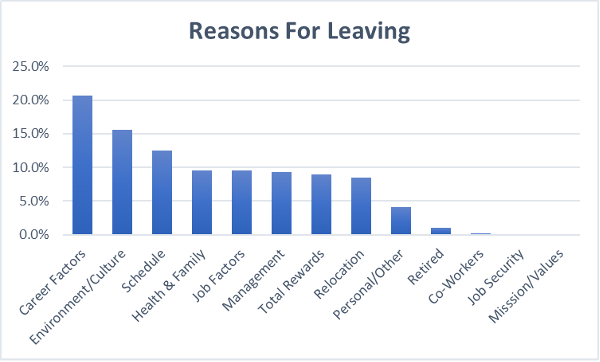
Reflecting on these last 16 months, I marvel at the resilience illustrated by most Americans. This passing season has captured the conflicting effects of those celebrating vaccine access with anti-vaxxer fear or resistance. There have been the openings and closings of organizations, schools, and churches; starts with stops of supplemental unemployment benefits, and decisions influenced by public health or political optics. Most, if not all, of these issues have influenced the workplace.
As a workforce researcher, I admit all that has happened since the onset of the global pandemic is fascinating. Additional factors such as the economy, job growth, a living wage, family care, travel restrictions, mask or no mask, employment and unemployment, stress, burnout, remote work, and “compassion fatigue” continue to burden workplaces and the workforce at large.
This global pandemic has given me the unique opportunity to study workplace behavior under unprecedented and extreme conditions. The results of my most recent study, the 2021 Retention Report – The COVID Edition, saw employers struggling both to deal with the complexities of a global pandemic and to comply with safety protocols while going to great lengths to protect employees. We also saw an unprecedented number of employees laid off, exiting the workforce by retiring, and demonstrating some logical resistance to returning to work – like family care and health concerns.
One certainty that we have always believed we could count on is the resiliency of the U.S. workforce. We live with the belief that most adults that can work would want to. To survive and thrive, Americans must exercise their occupational purpose. I believe that we all have one, and it is time to get back to work and continue to fulfill those occupational purposes. The Bureau of Labor Statistics reported in February that there are over 7.5 million open jobs, which would mean that there is ample opportunity to drive unemployment back to pre-pandemic historic lows.
However, something unique is happening in the workforce. Employees are not rushing into the ranks of the employed. If you listen to the popular press, you would be led to believe that the primary reason Americans are not going back to work is because of pay. While this may be true in certain industries – including non-living wage environments – pay is well down the list of actual reasons why people leave (or intend to leave) an organization. Pay as the primary reason to quit a job or as an attractor to a new job is a myth.

Look at the facts. Based on tens of thousands of exit interviews with former employees representing hundreds of companies, the following represents the real reasons employees quit their jobs over the last three years.
For the last 3 years (and for the previous seven years if you are interested) “career factors” have been the primary reason employees quit their jobs. Organizations continue to fail when it comes to helping employees fulfill their occupational purpose. For some, the career factor is related to advancement. For others, it is a matter of wanting to learn and develop in their existing role. Finally, there are those who want to tackle a different type of work and find barriers to moving to a different job within their current organization.
Getting back to the mythology of pay, less than 10% of employees identified pay as the most important reason they left their job. On the other hand, almost 16% left because of the organizational culture, and another almost 13% left because of poor management. Clearly, other factors are driving employees to seek out a new place to work. Last year we saw an unprecedented number of employees quit for “Health and Family” reasons. This was generally expected because of the pandemic, and we expect that this number will return to a more historical level.
Yet another alarming statistic was the number of employees who choose to retire and leave the workforce entirely. Last year 10% of those that left their jobs voluntarily retired choosing to leave the workforce.

As for reasons why a person is attracted to a company, over the past three years more than 65,000 employees provided the real reason they were attracted to their new employer. Keep in mind that this is not why they quit, but it was a factor that made their new employer attractive.
“Career factors” were the top reason employees cited as being an attractor to their new employer. Logically this makes sense. An employee leaves their previous employer for career reasons so they look for an employer that can help them achieve their occupational purpose. “Total Rewards” – which includes benefits – were identified as an attractor by 17% of employees. However, 18% cited the Schedule as the attractor leaving Total Rewards third on this list.
Evaluating pay in the workplace requires looking at both reasons for leaving and attractors to new employers. Sure, almost one in five employees reveal that pay is an attractor, but that is not why they are leaving their jobs.
The debate surrounding supplemental unemployment and its impact on whether it is affecting individuals to remain unemployed is complicated. Roughly 10 million potential workers continue to be unemployed. Face it, if employers are building their recruitment and staffing strategy around attracting the unemployed back to the workforce with pay, it is likely not a sound or sustainable strategy. The Founder of Work Institute, Dr. Thomas Mahan, has made this statement more times than I can count; “There are plenty of people to do all the work you need doing. They are just working for someone else”.
It is time to get back to work and it is time to debunk the mythology that pay is the holy grail for attracting and retaining workers. Assuming a living wage, companies do not have to pay more than their competitors. They only must choose to be better employers where care, performance, happiness, discretionary effort, and choosing to make a difference is a shared responsibility by leadership and employees alike.
______________________________________________________________________________________________________________________






